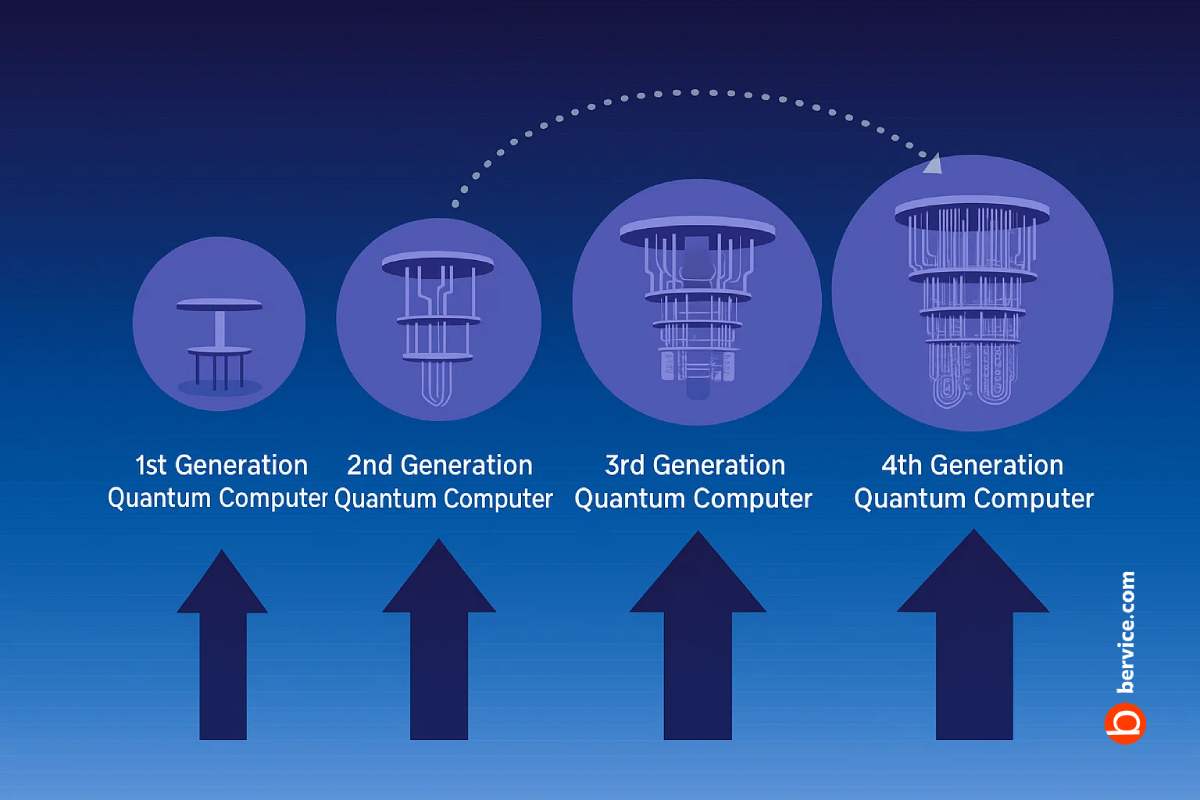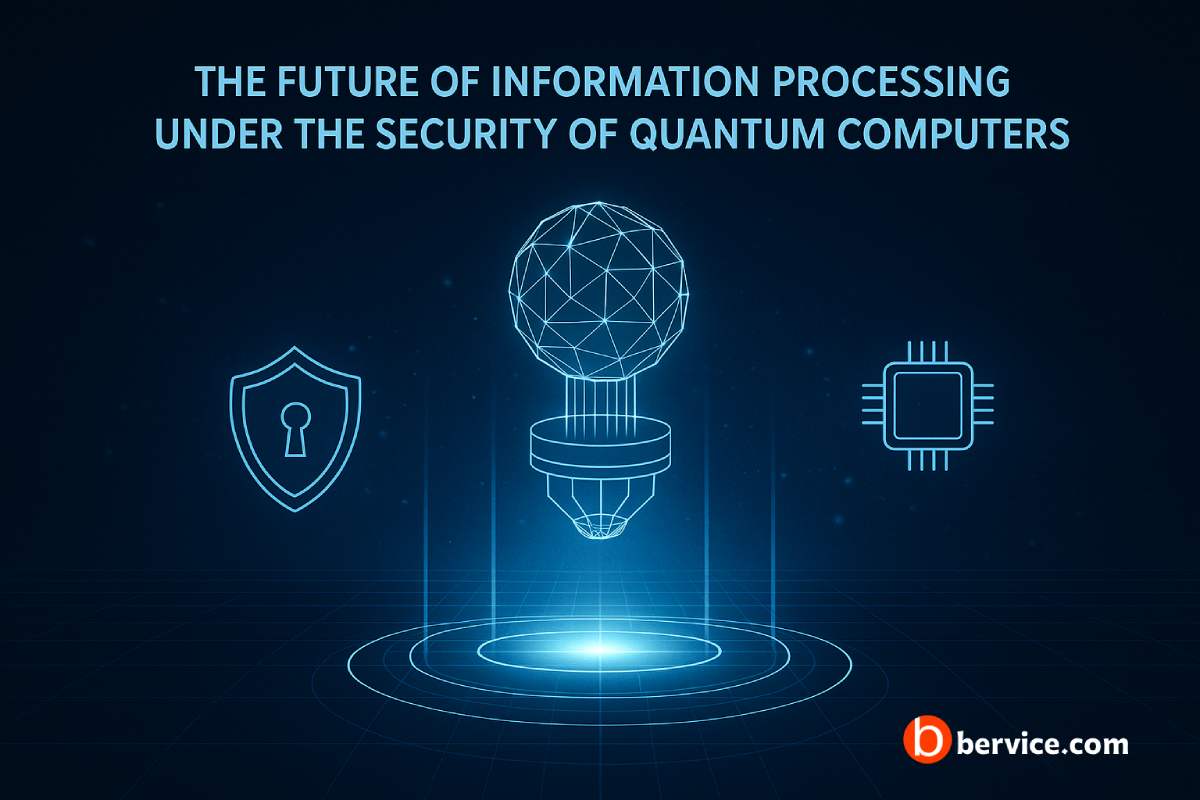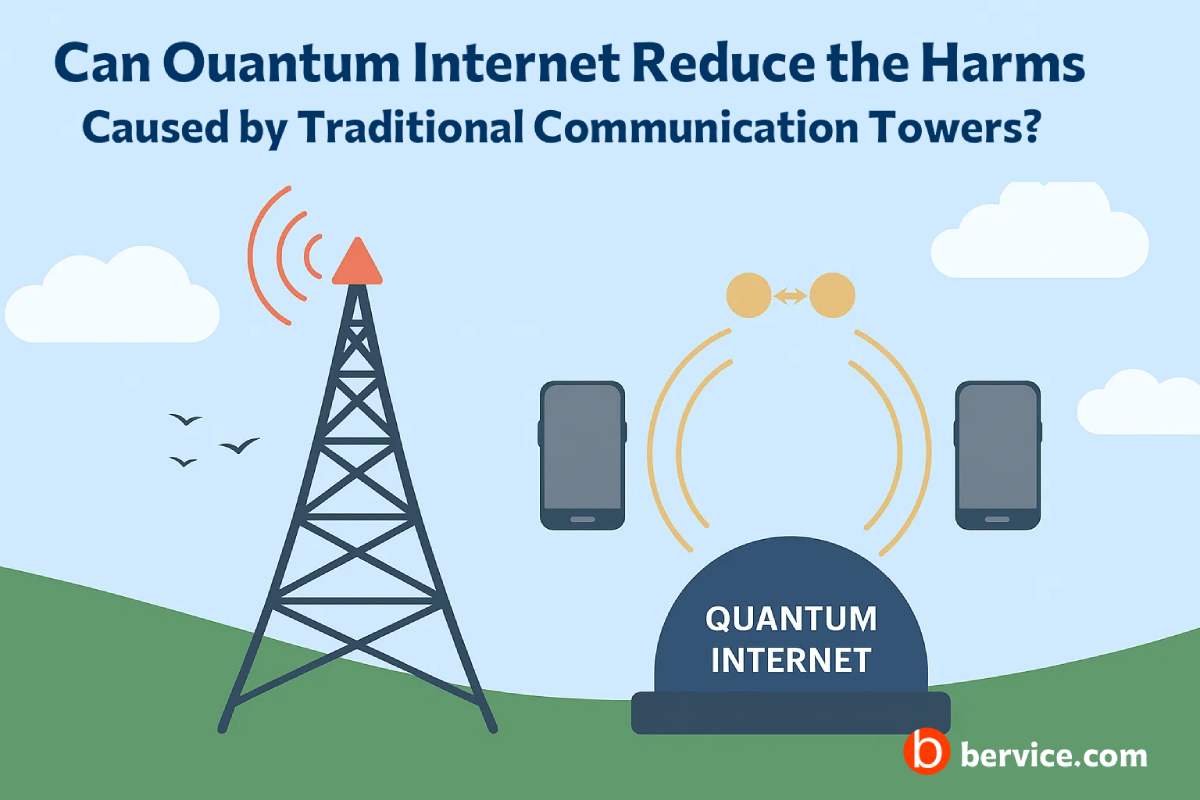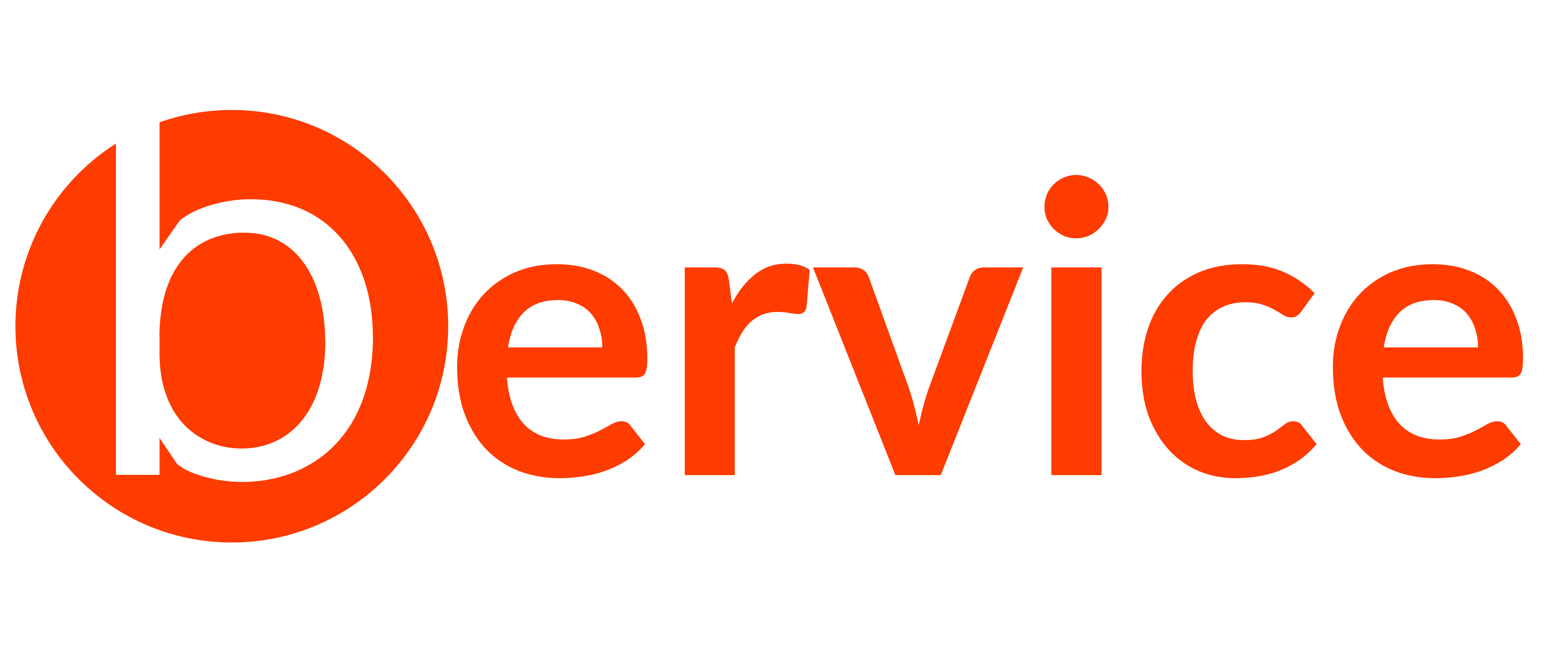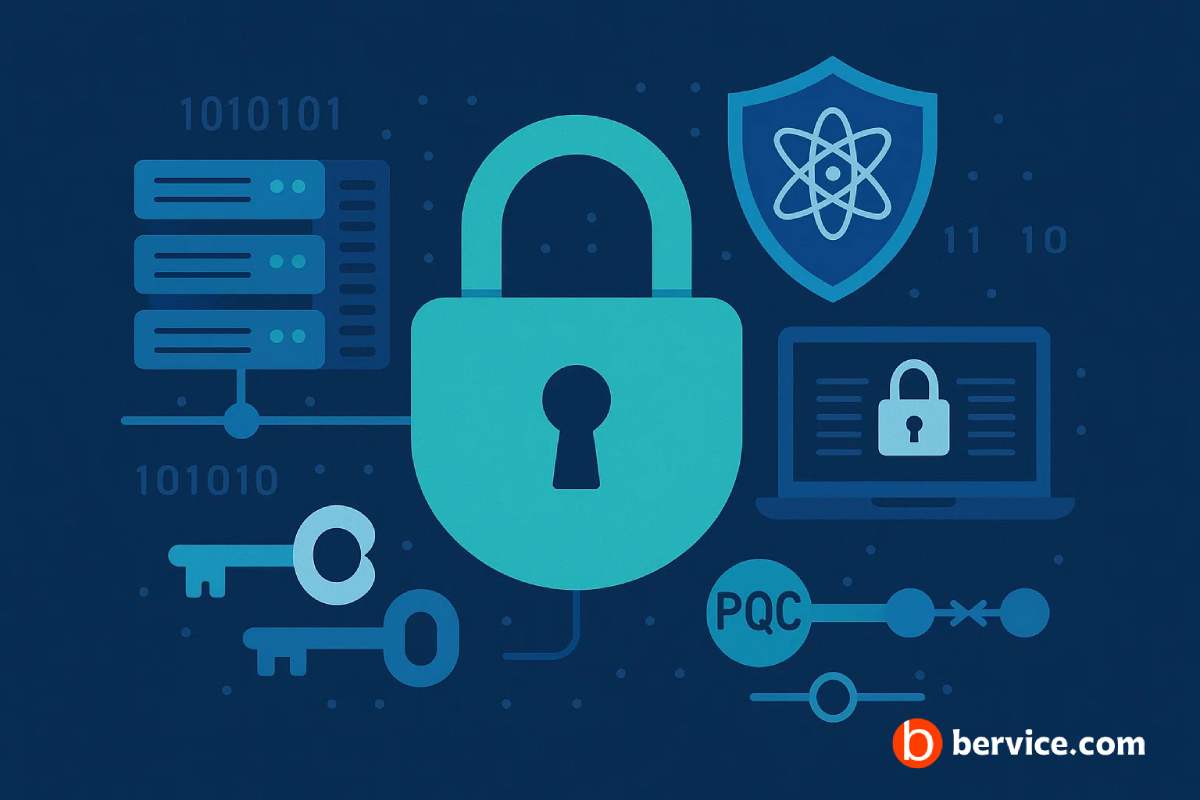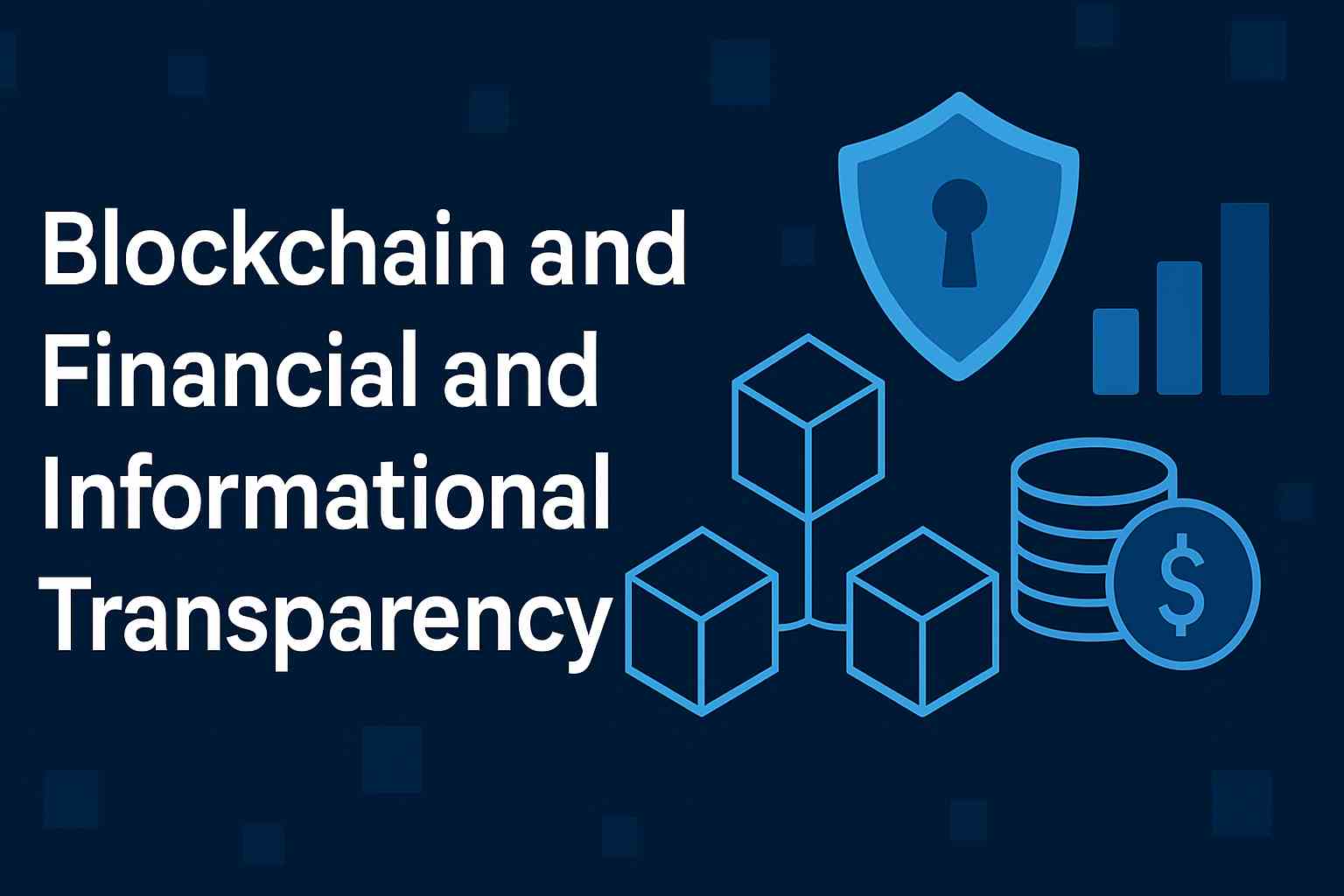
Introduction
Blockchain technology, a decentralized digital ledger, has emerged as a revolutionary tool with the potential to transform multiple industries, especially in the areas of finance and information management. Its core principle—decentralization—ensures that data is distributed across a network of computers, making it tamper-proof and transparent. In recent years, this has gained attention for its ability to enhance transparency in financial transactions and data handling, providing both accountability and trust in systems that traditionally have been prone to manipulation and opacity.
What is Blockchain?
At its essence, blockchain is a distributed ledger system where each piece of data (referred to as a “block”) is linked together in a chain. Each block contains not only transaction data but also a timestamp and a reference to the previous block, ensuring that the entire chain remains unaltered once it is recorded. The distributed nature of blockchain means that no central authority controls it, and its contents are visible to all participants in the network, making it inherently transparent.
Blockchain’s decentralized structure prevents any single party from altering the data without the consensus of the network participants. This structure has huge implications for financial and informational transparency, which is why it is being explored for applications in a variety of industries, from banking to healthcare, supply chains, and beyond.
Blockchain and Financial Transparency
One of the most significant ways blockchain enhances transparency is in financial transactions. Traditional financial systems rely on intermediaries such as banks, brokers, and other institutions, which can sometimes lead to inefficiencies, delays, and lack of trust due to opaque practices. Blockchain addresses these issues by:
- Eliminating Intermediaries: With blockchain, transactions occur directly between participants without the need for intermediaries. This streamlines processes and reduces the risk of errors or fraud that can occur in manual systems.
- Ensuring Traceability and Immutability: Every transaction recorded on the blockchain is immutable, meaning once it is recorded, it cannot be altered or deleted. This ensures that financial activities are permanent and traceable. Participants can track the entire transaction history, providing an unprecedented level of transparency.
- Reducing Costs: Blockchain reduces transaction fees, as it removes the need for middlemen and central authorities. This can significantly lower costs for financial institutions and their customers.
- Real-time Monitoring and Auditing: Blockchain enables real-time monitoring of financial transactions, which makes auditing processes easier and more transparent. Auditors can directly access the blockchain ledger to verify financial data, reducing the possibility of fraud and increasing accountability.
Blockchain and Informational Transparency
In addition to finance, blockchain also provides a robust framework for ensuring transparency in the handling of information. Many industries handle sensitive data, such as personal health records, intellectual property, and contractual agreements. Blockchain ensures that data is protected, transparent, and accessible to authorized parties. Here’s how:
- Data Integrity: Blockchain guarantees the integrity of information by making it nearly impossible to alter or tamper with records. In fields like healthcare or legal documentation, this ensures that data remains accurate and trustworthy.
- Access Control: Blockchain allows for the secure sharing of information, where only authorized individuals can access or modify data. This is achieved through cryptographic techniques, providing a high level of privacy while maintaining transparency for those who need it.
- Decentralization of Power: Blockchain removes the reliance on central authorities or institutions to control information. This decentralization ensures that no single entity can manipulate data, providing greater transparency in sectors where trust is crucial, such as voting systems, supply chains, or government records.
- Smart Contracts and Transparency in Agreements: Blockchain’s use of smart contracts—self-executing contracts with the terms of the agreement directly written into code—ensures that once conditions are met, actions are automatically executed. This removes ambiguity in agreements, making processes transparent and enforceable without third-party intervention.
Challenges to Widespread Adoption
Despite its promising potential, blockchain faces several hurdles to broader adoption:
- Scalability: The decentralized nature of blockchain means that as the network grows, so does the volume of data. This can lead to issues with transaction speed and scalability, particularly in high-volume systems like global financial markets.
- Regulatory Uncertainty: Many governments and regulators are still figuring out how to regulate blockchain technology and cryptocurrencies. The lack of clear guidelines may hinder its adoption in regulated industries.
- Energy Consumption: Some blockchain networks, such as Bitcoin, rely on proof-of-work (PoW) consensus mechanisms, which require significant computational power and energy consumption. However, there are ongoing efforts to develop more sustainable solutions, such as proof-of-stake (PoS).
- Security Risks: While blockchain is considered highly secure, there are still potential vulnerabilities, especially in the broader ecosystem, including wallets, exchanges, and smart contracts. These risks must be mitigated to build trust in blockchain-based systems.
Conclusion
Blockchain technology has the potential to revolutionize financial and informational transparency by providing a decentralized, immutable, and secure method of recording data. It promises to reduce fraud, eliminate inefficiencies, and provide greater accountability in financial transactions and data management. However, for blockchain to reach its full potential, challenges such as scalability, regulatory frameworks, and security risks must be addressed. As the technology continues to evolve, its application in enhancing transparency across industries is poised to make a profound impact.
Connect with us : https://linktr.ee/bervice
